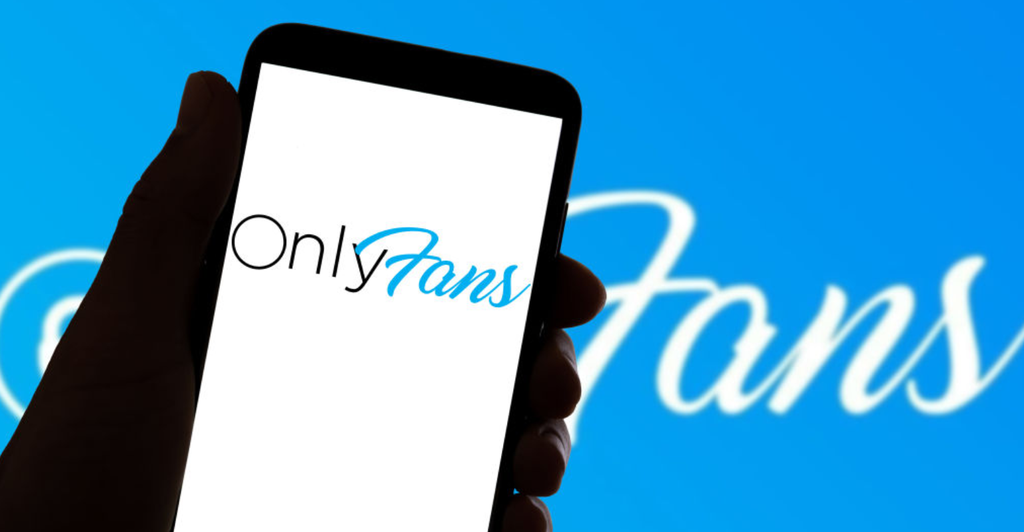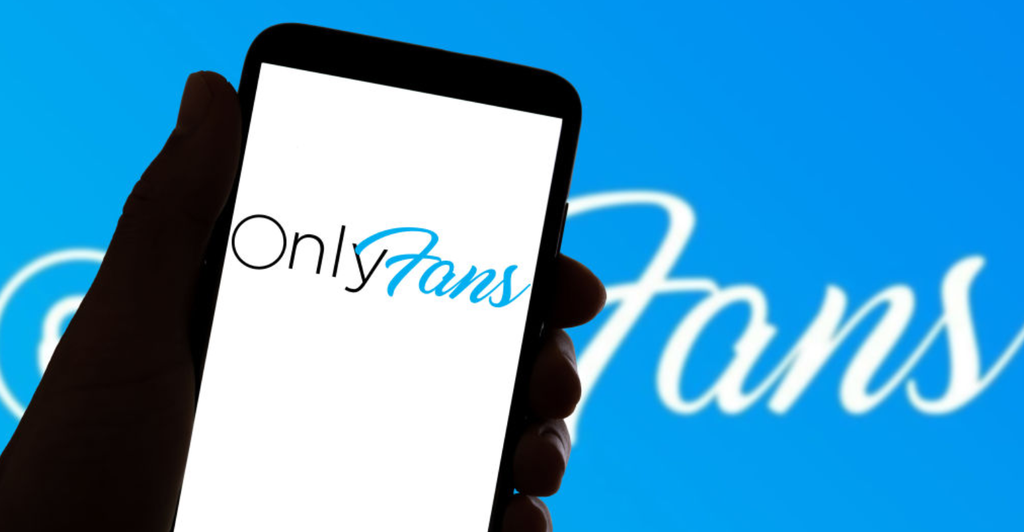Whenever you head out of the door for a meal not of the fast or home-cooked variety, then unless you're thinking of raiding somebody's garbage, your next destination is probably a restaurant. From diners to delicatessens, from sushi to sandwiches, you're spoilt for choice when it comes to exotic ways of getting your fill, but one thing that stays pretty constant is the idea of leaving a tip.
While it's not standard practice all over the world, in America, gratuity is often factored into your server's wages, and as such they kind of need your generosity to help them make a living. It's also why when waiters and waitresses feel like they've been shortchanged when their tip isn't as expected. When that happens, they've been known to occasionally lash out. But why do people feel the need to leave less-than-ideal tips for waiters and waitresses?
A new survey from Discovery aimed to deconstruct America's tipping habits, taking data from 999 people across the country. In their quest to better understand tipping and why we tip well or badly, they looked at several different factors, including gender or generational gaps, and even whether or not they'd worked in the industry before.
Here's what they found.
Overall, Discovery found that women were more generous than men when it came to tipping (even when the service was poor), while Millennials and people from Generation X were in general the best tippers. People who'd worked as a server before were also more likely to be generous tippers, though they were less impressed on the whole by free food or drink.
Across the country, the perfect tip was said to be 20 percent on top of the price of their meal, but people often docked tips for less-than-ideal service, while 70 percent of servers had at some point received no tip whatsoever for their service.
Among some of the most popular reasons for tipping badly included finding hairs in their meals (regardless of whether that meal was replaced) as well as a server failing to refill a water glass or neglecting a guest in need for too long - such as when they're waiting for the bill. People were also more likely to tip badly if the server was rude, overly attentive or failed to keep other unruly customers in check when they ruined the restaurant experience.
On the whole, if you're a waiter, waitress or other server hoping to earn the biggest tips, you're best off moving to the East South Central regions of the USA (that is, Tennessee, Kentucky, Mississippi, and Alabama) or New England. Stay away from Louisiana, Texas, Alabama or Oklahoma - they're generally stingier with their tips, even when the service is good.
Discovery's report goes a lot deeper into the inner machinations behind our tipping habits, so as far as we're concerned, this is just the tip (pun intended) of the iceberg. For now, though, you can have a bit of an idea of what it's like on the other side of the table.

.jpg_klhOkr?tr=h-40&config=JTdCJTIybmFtZSUyMiUzQSUyMm51cnNpbmclMjBob21lJTIwKDEpLmpwZyUyMiUyQyUyMmRlc2NyaXB0aW9uJTIyJTNBJTIyRmVhdHVyZWQlMjBpbWFnZSUyMGNyZWRpdCUzQSUyME1BU1RFUiUyMCUyRiUyMEdldHR5JTIyJTJDJTIyYWx0ZXJuYXRpdmVfdGV4dCUyMiUzQSUyMm51cnNpbmclMjBob21lJTIwKDEpLmpwZyUyMiUyQyUyMmNhcHRpb24lMjIlM0ElMjJGZWF0dXJlZCUyMGltYWdlJTIwY3JlZGl0JTNBJTIwTUFTVEVSJTIwJTJGJTIwR2V0dHklMjIlMkMlMjJjb29yZGluYXRlcyUyMiUzQSU3QiUyMmRlc2t0b3AlMjIlM0ElN0IlMjJsZWZ0JTIyJTNBMCUyQyUyMnRvcCUyMiUzQTAlMkMlMjJyaWdodCUyMiUzQTElMkMlMjJib3R0b20lMjIlM0EwLjUyJTdEJTJDJTIydGFibGV0JTIyJTNBJTdCJTIybGVmdCUyMiUzQW51bGwlMkMlMjJ0b3AlMjIlM0FudWxsJTJDJTIycmlnaHQlMjIlM0FudWxsJTJDJTIyYm90dG9tJTIyJTNBbnVsbCU3RCUyQyUyMm1vYmlsZSUyMiUzQSU3QiUyMmxlZnQlMjIlM0FudWxsJTJDJTIydG9wJTIyJTNBbnVsbCUyQyUyMnJpZ2h0JTIyJTNBbnVsbCUyQyUyMmJvdHRvbSUyMiUzQW51bGwlN0QlN0QlMkMlMjJ3aWR0aCUyMiUzQTE1MzUlMkMlMjJoZWlnaHQlMjIlM0E4MDAlMkMlMjJ1dWlkJTIyJTNBJTIyOGFkN2ZlYjMtYzNiMC00YzI2LTkzMTgtY2ZmYzBhY2IwNTYxX193cC1jb250ZW50JTJGdXBsb2FkcyUyRm51cnNpbmdob21lKDEpLmpwZ19rbGhPa3IlMjIlN0Q=)





.jpg_klhOkr?tr=h-184&config=JTdCJTIybmFtZSUyMiUzQSUyMm51cnNpbmclMjBob21lJTIwKDEpLmpwZyUyMiUyQyUyMmRlc2NyaXB0aW9uJTIyJTNBJTIyRmVhdHVyZWQlMjBpbWFnZSUyMGNyZWRpdCUzQSUyME1BU1RFUiUyMCUyRiUyMEdldHR5JTIyJTJDJTIyYWx0ZXJuYXRpdmVfdGV4dCUyMiUzQSUyMm51cnNpbmclMjBob21lJTIwKDEpLmpwZyUyMiUyQyUyMmNhcHRpb24lMjIlM0ElMjJGZWF0dXJlZCUyMGltYWdlJTIwY3JlZGl0JTNBJTIwTUFTVEVSJTIwJTJGJTIwR2V0dHklMjIlMkMlMjJjb29yZGluYXRlcyUyMiUzQSU3QiUyMmRlc2t0b3AlMjIlM0ElN0IlMjJsZWZ0JTIyJTNBMCUyQyUyMnRvcCUyMiUzQTAlMkMlMjJyaWdodCUyMiUzQTElMkMlMjJib3R0b20lMjIlM0EwLjUyJTdEJTJDJTIydGFibGV0JTIyJTNBJTdCJTIybGVmdCUyMiUzQW51bGwlMkMlMjJ0b3AlMjIlM0FudWxsJTJDJTIycmlnaHQlMjIlM0FudWxsJTJDJTIyYm90dG9tJTIyJTNBbnVsbCU3RCUyQyUyMm1vYmlsZSUyMiUzQSU3QiUyMmxlZnQlMjIlM0FudWxsJTJDJTIydG9wJTIyJTNBbnVsbCUyQyUyMnJpZ2h0JTIyJTNBbnVsbCUyQyUyMmJvdHRvbSUyMiUzQW51bGwlN0QlN0QlMkMlMjJ3aWR0aCUyMiUzQTE1MzUlMkMlMjJoZWlnaHQlMjIlM0E4MDAlMkMlMjJ1dWlkJTIyJTNBJTIyOGFkN2ZlYjMtYzNiMC00YzI2LTkzMTgtY2ZmYzBhY2IwNTYxX193cC1jb250ZW50JTJGdXBsb2FkcyUyRm51cnNpbmdob21lKDEpLmpwZ19rbGhPa3IlMjIlN0Q=)




